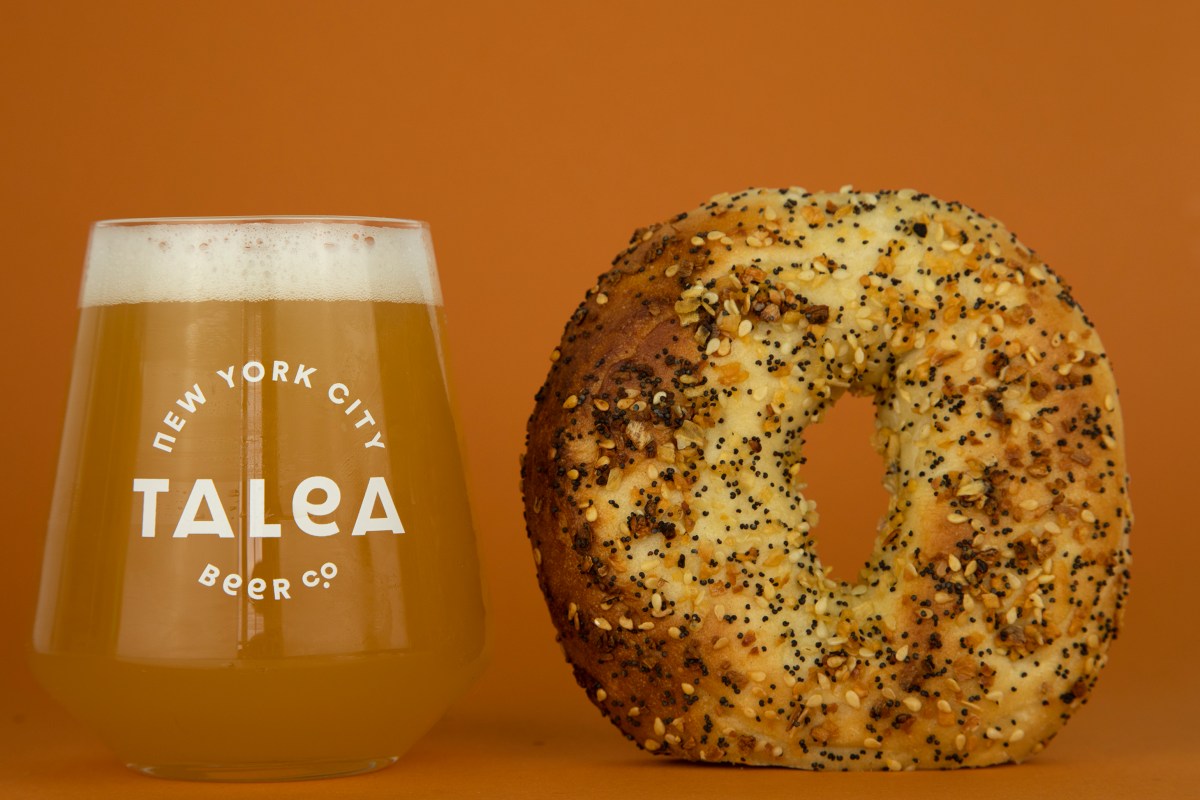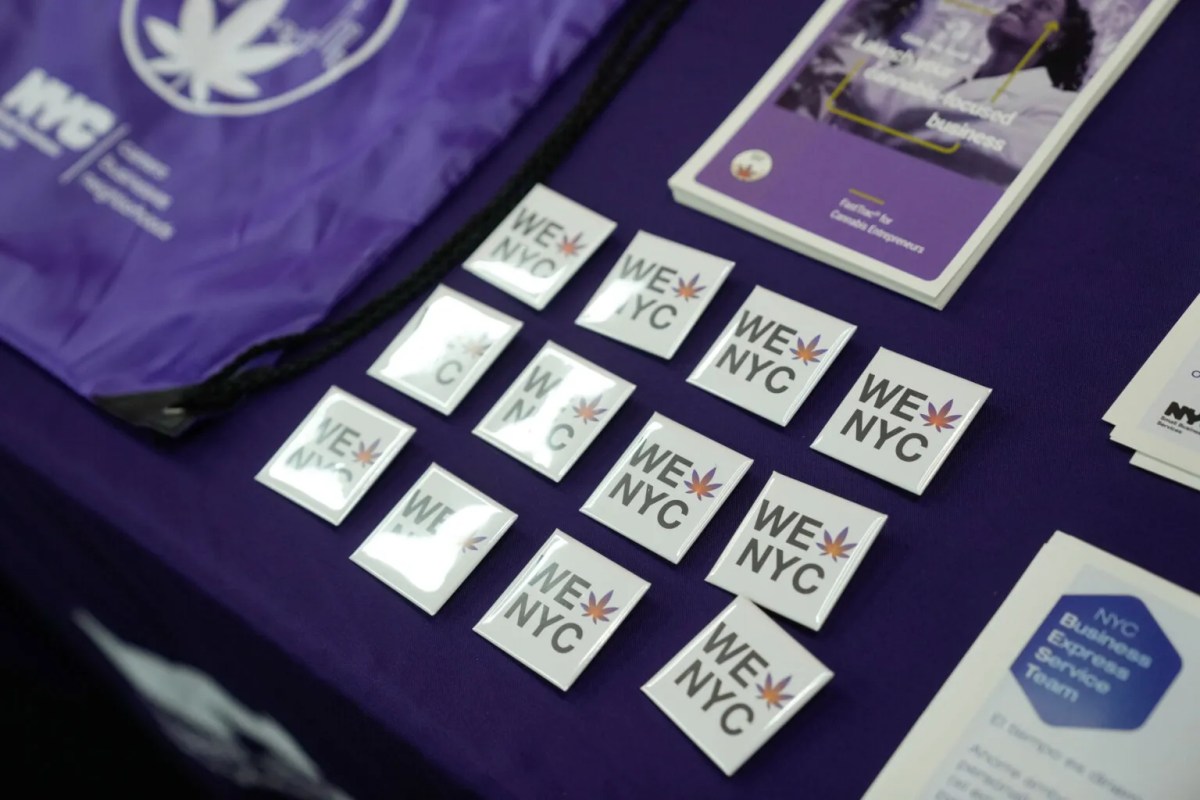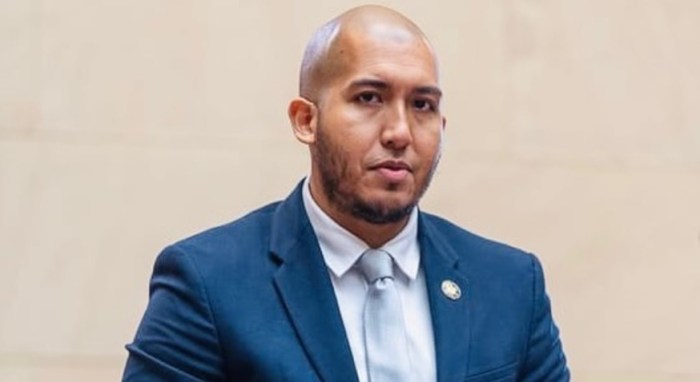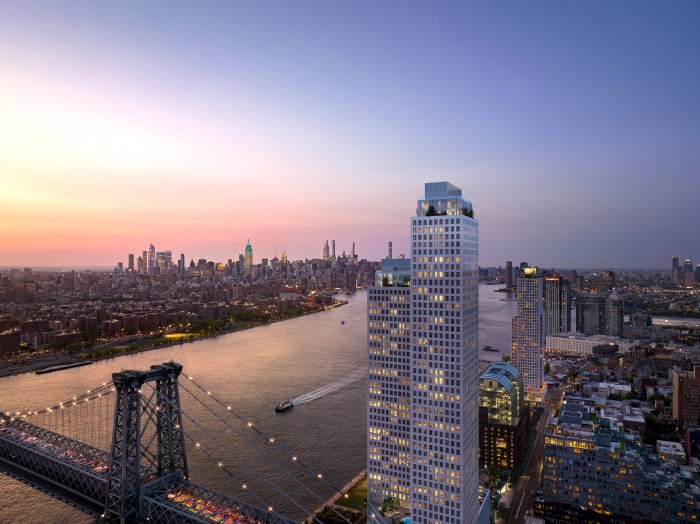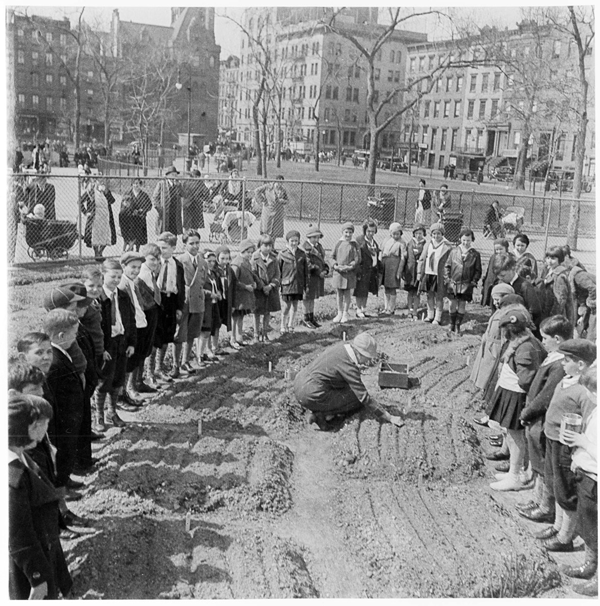
NYC Parks department
’30s
1933: The Villager is born with a “guaranteed circulation of 25,000.” An early issue is the spotty service on “Sixth Ave. surface line,” apparently streetcars, and the slacker drivers who only want to get back to “the barn.”
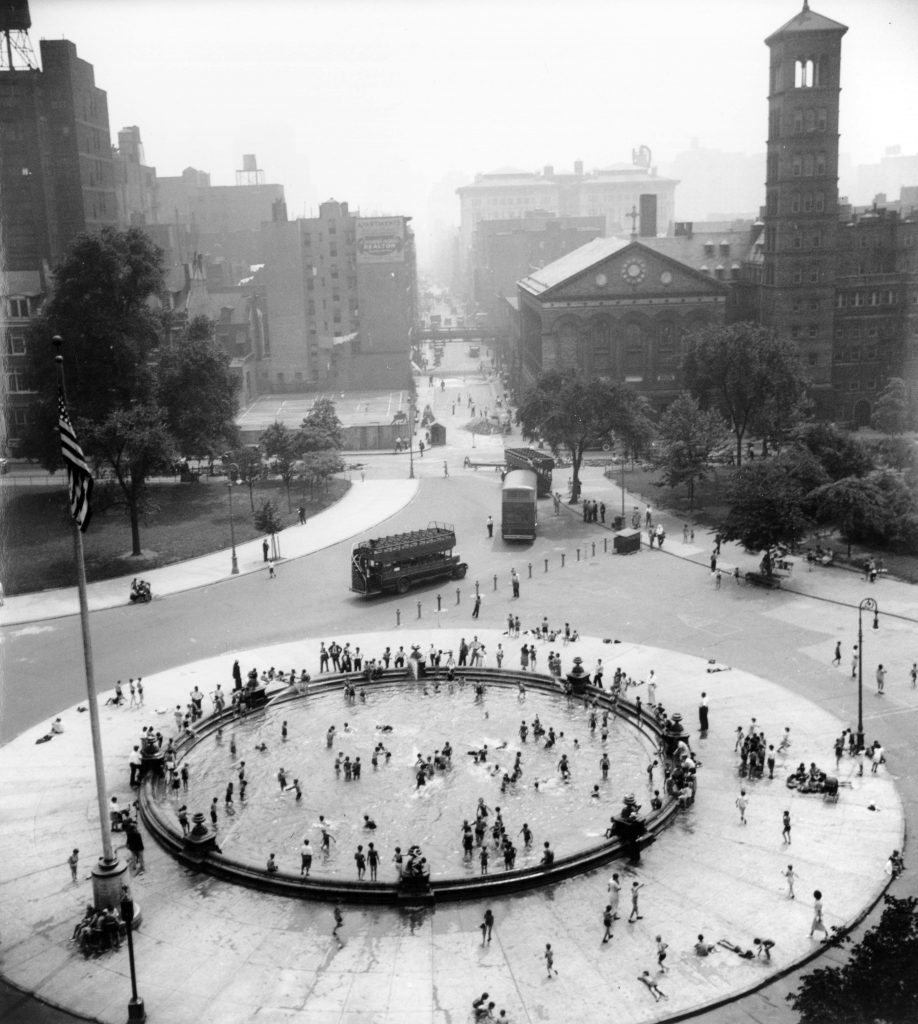
NYC PARKS DEPARTMENT
1934: Getting dangerous trains off of 10th Ave., the High Line, a new elevated freight railway, opens.
1935: Parks Commissioner Robert Moses proposes a $2 million redesign of Washington Square Park that would close it to traffic and reroute buses around the square. A rectangular reflecting pool would replace the park’s historic fountain. The Washington Square Association and residents of hotels and upscale apartment buildings oppose the plan, not wanting buses to run near their homes. A Save the Square Committee is formed to ensure no “radical changes” are made to the park. Noise is a problem, especially roller skaters and barking dogs in the evening. Mayor Fiorello LaGuardia implements a noise-abatement program. It works. Organ grinders are also targeted.
1936: Scoopy makes his appearance, and starts his column. Scoopy mania sweeps the Village. A competition elicits many ideas for names — Peter, Gossip, Furbelow, Catapault (“if it is lively”), Villy, Villa, Newsy, Lino (as in linotype), Copycat, or Copy for short, Extry, Dead Line — but Scoopy wins.
1937: Sixth Ave. trolleys are removed, to The Villager’s relief. One thousand people attend the newspaper’s third anniversary at Wannamaker’s department store on Broadway.
1938: Construction starts on the Sixth Ave. I.N.D. subway through the Village.
1939: Hundreds gather to watch the last train trips on the Sixth Ave. El, slated to be torn down. The Villager subsequently launches a campaign to name the intersection of Sixth and Greenwich Aves. and Eighth St. “Village Square,” but it never catches on.
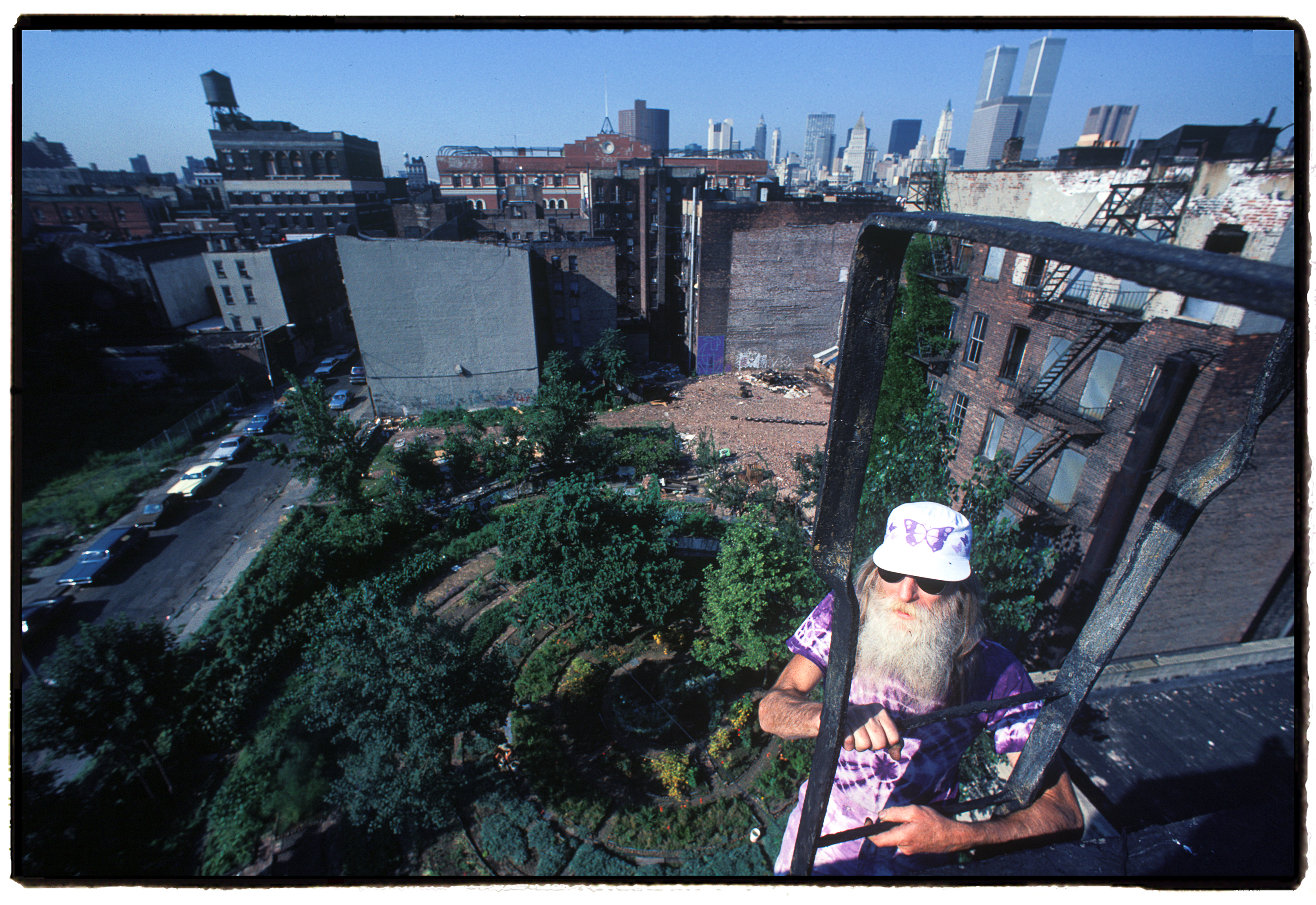
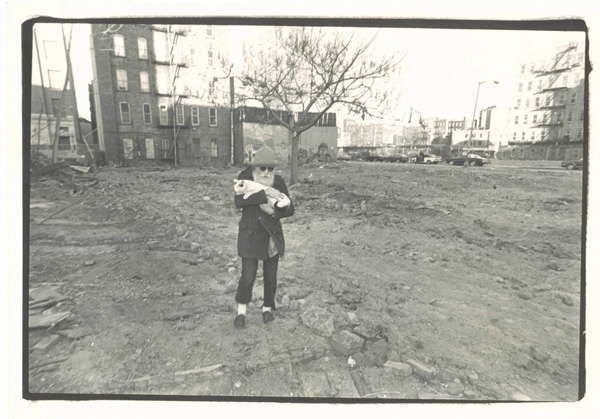
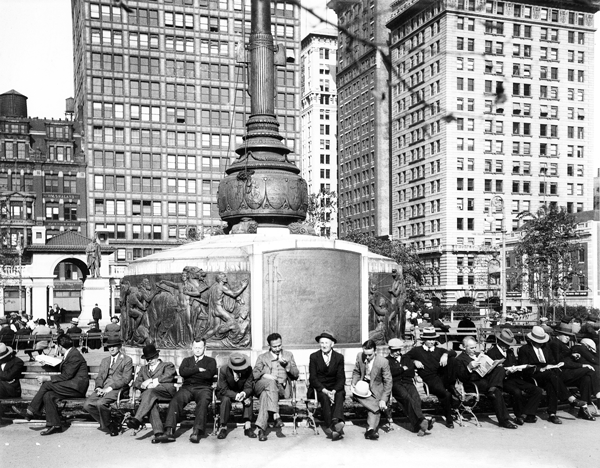
’40s
1941: Walter Bryan, co-founder of The Villager, dies. The Washington Square Association protests a plan for four playgrounds in the square, feeling they “will be a detriment to peace” and reduce property values.
1942: America enters World War II. Twenty-two Greenwich Village historic buildings, said to be “among the nation’s most valuable landmarks,” are reported to be on a list of buildings that have been photographed and recorded and could be rebuilt if bombed.
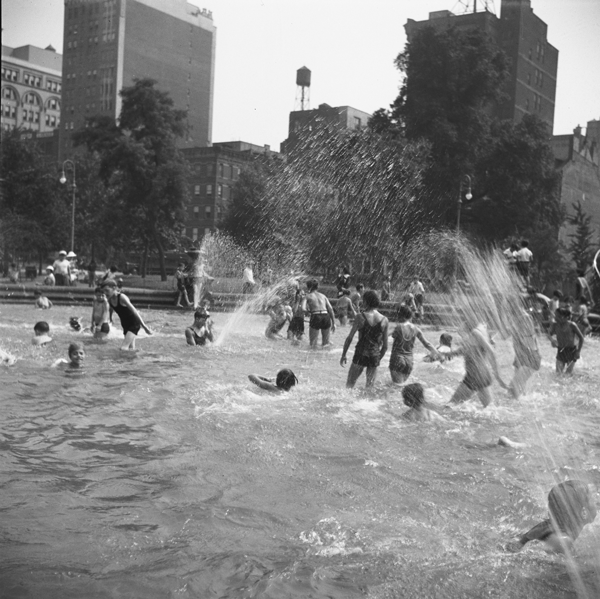
1945: World War II ends. General Dwight D. Eisenhower rides victoriously under the Washington Square Arch while touring the city.
1946: Protests over plans by the Board of Education to demolish the historic Sullivan-MacDougal Gardens for a new trades high school.
1947: Stuyvesant Town and Peter Cooper Village open. New York University announces plans for a new four-and-a-half-story law center on Washington Square South. Twelve thousand sign a petition against the project.
1949: The Whitney Museum announces it will leave W. Eighth St. for Uptown.
’50s
1951: N.Y.U. Law School building is completed. Residents don’t think it’s so bad.
1953: Washington Square Southeast Slum Clearance Report is made public. Renewal area targets area between Washington Square South, Mercer and Houston Sts. and Broadway. Patchin Place is picked for new P.S. 41, but dropped quickly after opposition.
1954: Board of Estimate approves slum-clearance project. Wannamaker’s closes.
1955: Plans are announced to bisect Washington Square Park with a depressed, four-lane roadway to link Fifth Ave. with a proposed widened West Broadway. The Washington Square Association favors the plan. N.Y.U. gets three future superblocks designated south of the square. A congressional committee deems the university’s plan legal.
1956: A $13.75 million urban renewal project for the Cooper Square area is announced by Planning Czar Moses for the area between East Houston St., St. Mark’s Place, Third Ave. and the Bowery. The 21-acre project is supposed to look like Stuyvesant Town.
1957: Construction begins on Pier 40 at West Houston St., a $12 million project. Joining the community’s protest, Tammany’s Carmine DeSapio, the powerful district leader, calls for the park to be closed to traffic.
1958: The Villager runs a front-page editorial against a road through the park. Thirty-thousand Villagers sign a petition to close the park to traffic.
1959: The idea is raised to convert the old Jefferson Market Courthouse on Sixth Ave. to a library.
’60s
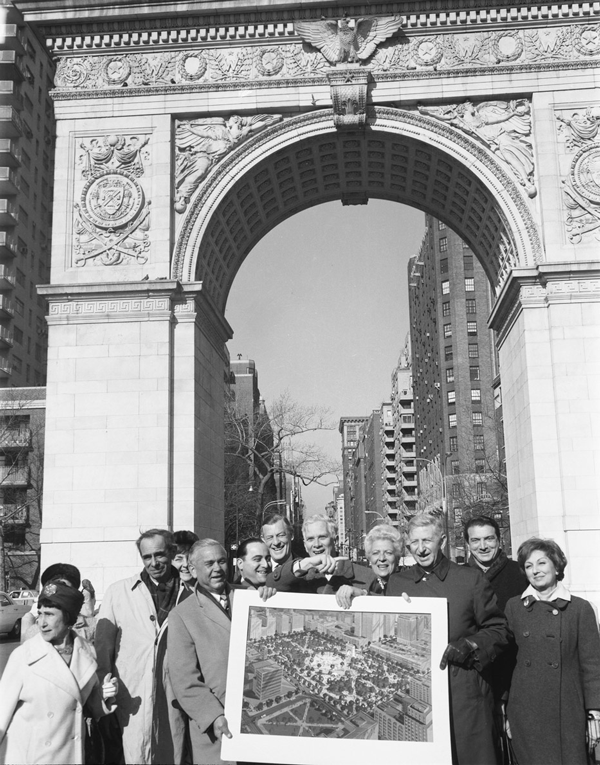
1962: The Lower Manhattan Expressway Project is proposed. Devised by Moses, the $140 million, 2.4-mile roadway along Broome St. to link the Manhattan and Williamsburg bridges to the Holland Tunnel would displace 2,300 families in Little Italy and cut off Chinatown. City agrees to community alternative plan for Cooper Square.
1963: Loft law introduced to protect loft dwellers.
1964: Landmarks preservation legislation for the city is proposed. Residents protest loud coffee houses on MacDougal St.
1965: Eight years after it was built, Pier 40 is no longer in use for shipping as the city’s maritime industry has dried up. District Leaders Ed Koch and Carol Greitzer support using the pier as a recreation site for half the year. The Greenwich Village Historic District’s proposed boundaries are released. N.Y.U. announces plans to build the 12-story Bobst Library on Washington Square South, designed by Philip Johnson. “Tall cube would keep sun from Wash. Sq.,” a Villager headline reads. N.Y.U. wants a 40-foot strip of West Broadway to make the building wider.
1966: Koch writes talking point in The Villager raising fears N.Y.U. will ring the square with a “12-story master plan.”
1967: “Selfish” hippies are accused of adding to the East Village’s litter problem.
1968: The city approves a zoning variance to create 360 units of artists’ housing at Westbeth, the former Bell Labs. Koch is elected to Congress. Greitzer wins his Council seat.
’70s
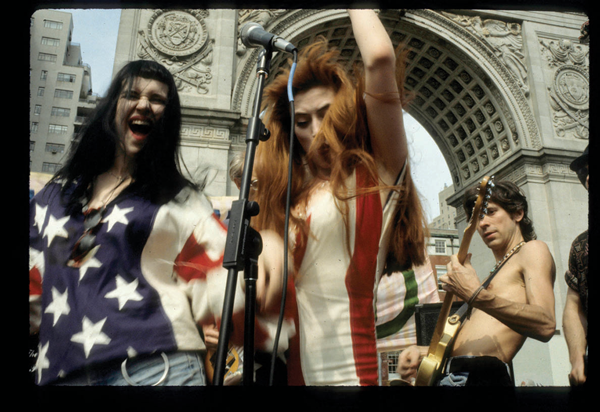
1970: Weathermen’s “bomb factory” on W. 11th St. blows up. More than 1,000 youths rally in the Village to protest a “police step-up in the harassment of homosexuals.” Mayor John Lindsay’s plan for “festival piers” is shot down by West Siders.
1971: A floating methadone clinic at the Christopher St. Pier provokes the community’s ire.
1973: Koch runs for mayor. Community Board 2 vetoes a dog run at Houston and Mercer Sts. and bedlam breaks out at meeting. Women’s House of Detention is razed.
1974: West Village Houses open as an affordable Mitchell-Lama co-op. There are too few takers, so the buildings later became rental.
1977: Koch inaugurated as mayor.
1978: Printing unions of city’s dailies go on two-week strike. Villager goes daily to meet readers’ need for news.
’80s
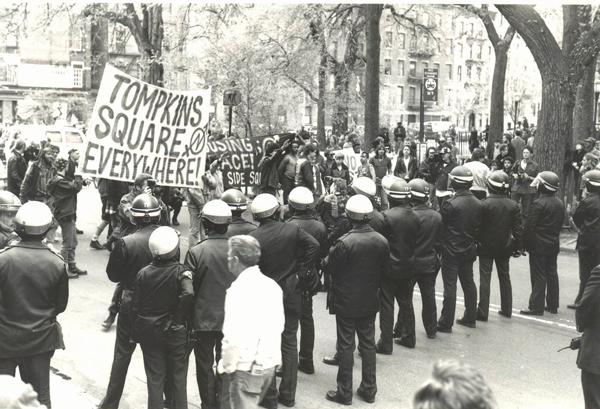
BROOKLYN COLLEGE LIBRARY ARCHIVES / PHOTO BY BETSY HERZOG
1980: C.B. 2 O.K.’s Mercer-Houston Dog Run. Westway project, a four-mile, $1.2 million, sunken, six-lane highway in a tunnel along the West Side waterfront, is still alive.
1982: Ruling that Westway planners didn’t investigate landfill’s harmful effect on striped bass is death blow for reviled project. Eighth St. residents say they’re bothered by late-night shows of the “Rocky Horror Picture Show.”
1984: Operation Pressure Point, a police initiative using community help, targets East Side drug dealing, which has grown out of control with open-air markets.
1985: The Third Ave. Tenants, Artists and Businessmen’s Association protested N.Y.U.’s planned high-rise dorms on two lots at Ninth and 12th Sts. Future Councilmember Margarita Lopez arrested at protest after chaining herself to a crane.
1987: Greenwich Village neighbors mourned the death of Lisa Steinberg, 6, a P.S. 41 student who was beaten to death by her adoptive parents.
1988: Department of Corrections plans to moor a 400-man, $19 million prison barge at Pier 40. Police and East Village squatters and anarchists clash in Tompkins Square Park riot.
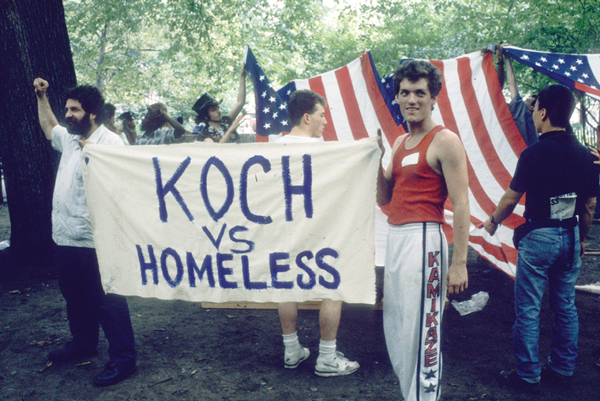
’90s
1991: Two months before his election to the City Council, Tom Duane announces he is H.I.V. positive. Duane said he wanted to set an example that people with H.I.V. could be productive and be good citizens.
1994: Squatters fought plans by Lower East Side Coalition Housing Development Inc. to rehab five abandoned buildings on E. 13th St. “They treat the whole neighborhood like a radical Romper Room,” a member of the housing group sneered of the squatters.
1995: Squatters evicted from three city-owned buildings on E. 13th St.
1996: Reconstruction project begins on Route 9A and adjacent bikeway along the Lower West Side waterfront. Abe Lebewohl, owner of 2nd Ave. Deli, is shot and killed near the deli in a case still unsolved.
1997: Greenwich Village Little League and Downtown United Soccer Club sue the state to get fields on Pier 40. East Village poet Allen Ginsberg, a Beat icon, dies.
1998: C.B. 2 approves the Hudson River Park Act, creating the 5-mile-long waterfront park.
’00s
2001: World Trade Center is destroyed by terrorists, killing more than 2,750 people.
2002: City sells remaining 13 squatter buildings in the East Village, for $1 apiece, to the squatters.
2003: Mayor Bloomberg bans smoking in bars. Hudson River Park’s first section, in Greenwich Village, opens. Also in Hudson River Park, plans for the world’s largest oceanarium, among others, pitched for Pier 40 meet community opposition, and are then dropped amid a weak economy. As an interim measure, a huge artificial-turf playing field is created in the pier’s courtyard. Parents and kids love it — and a youth sports mecca is born. Gansevoort Market Historic District is designated.
2006: Christine Quinn becomes the first female and first openly gay City Council speaker. Washington Square renovation plan is approved — fountain to be moved 23 feet east to align with arch. The old P.S. 64 (most recently the CHARAS / El Bohio arts and community center) is landmarked, blocking the site from being developed into a towering student dormitory.
2008: Bloomberg, with Quinn’s help, engineers the legislative extension of term limits. A plan for a “Vegas on the Hudson” destination-entertainment complex — with Cirque du Soleil and the Tribeca Film Festival — at Pier 40 sparks opposition. The idea finally sinks after the Hudson River Park Trust won’t extend the pier’s lease term.
2009: First section of the High Line park opens.
’10s
2010: With $1 billion debt, St. Vincent’s Hospital closes. The Villager drops “Koch on Film” column over ongoing dispute over his ticket reimbursements.
2011: Occupy Wall Street encampment occupies Zuccotti Park in Lower Manhattan for nearly two months before being cleared by police. Construction starts on new Whitney Museum on Gansevoort St. in the Meatpacking District.
2012: City Council O.K.’s N.Y.U. 2031 plan to add 2 million square feet of development to two university-owned South Village superblocks. Community groups sue to stop the project. Study commissioned by youth sports leagues shows residential is most lucrative use with lowest impact for Pier 40. Hudson River Park Trust claims impartiality on the matter. Superstorm Sandy blacks out Downtown Manhattan for several days and inflicts major damage after the E. 14th St. Con Ed plant is flooded.
2013: Koch dies at age 88. C.B. 2 O.K.’s conservancy for Washington Square. Youth leagues’ pitch for luxury high-rise towers near Pier 40 sinks due to lack of political support. State Legislature approves sale of Hudson River Park air rights across the highway. Quinn receives the endorsement of the city’s major daily newspapers in her historic bid for mayor, and is seen as prohibitive favorite. Yet Bill de Blasio, with “tale of two cities” campaign, wins Democratic mayoral primary. Corey Johnson beats Yetta Kurland in a nasty primary to succeed Quinn in the Council. Washington Square renovation’s last phase slated to finish by year’s end.











